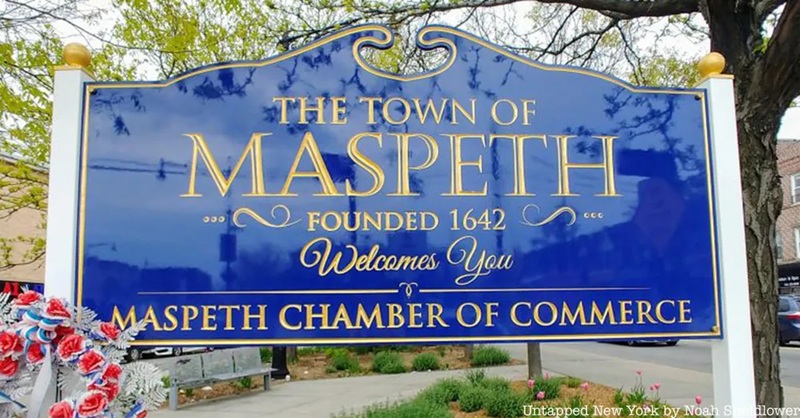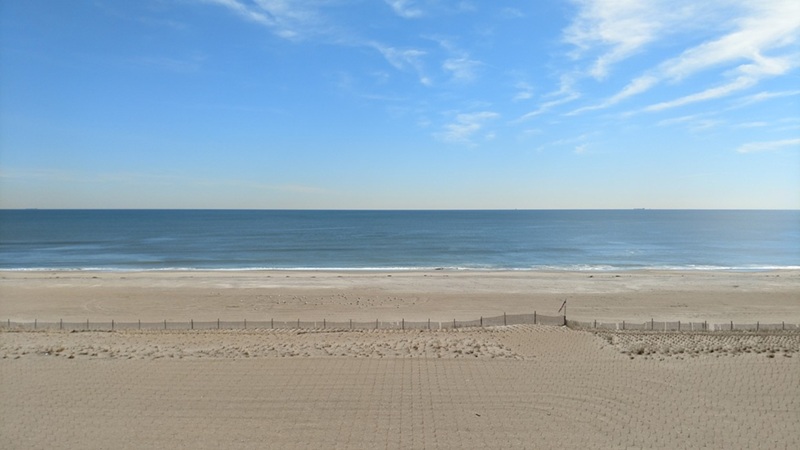
St. Albans, located in the southeastern part of Queens, New York, is a neighborhood that seamlessly blends rich history, community spirit, and suburban charm. Known for its tree-lined streets, residential feel, and diverse population, St. Albans has long been a hub for working-class families, particularly African American communities. The neighborhood is experiencing a wave of revitalization, while still retaining much of the character and history that make it unique.
From its historical significance to its ongoing developments, St. Albans is an area with much to offer for those seeking affordable living in one of New York City’s most diverse boroughs. This article delves into the history, culture, housing, transportation, and community spirit that define St. Albans.
Overview of St. Albans
St. Albans is located in the southern portion of Queens and is bordered by neighborhoods like Jamaica to the west, Cambria Heights to the east, and South Ozone Park to the south. The area has a largely residential character, with a mixture of detached single-family homes, two-family homes, and apartment buildings. St. Albans is known for its suburban-style streets and relatively affordable housing options, which make it an attractive choice for families, young professionals, and first-time homebuyers.
The neighborhood is just a short distance from major highways like the Southern Parkway and Belt Parkway, offering quick access to other parts of Queens, Brooklyn, and even Long Island. St. Albans is also well-served by public transportation, with subway and bus options that provide convenient access to the rest of the city.
Historical Development and Growth
St. Albans has a rich history that dates back to the early 20th century. Initially, the area was part of farmland and rural property before being developed into a suburban residential neighborhood in the 1920s and 1930s. The neighborhood began to take shape with the construction of single-family homes and small apartment buildings, making it a desirable location for people seeking to move out of the more crowded areas of Manhattan and Brooklyn.
During the mid-20th century, St. Albans became a popular destination for African American families, particularly during the Great Migration when many Black families moved north from the South in search of better economic opportunities and living conditions. The neighborhood became known as a cultural center for African American life in Queens, and it played a significant role in the borough’s development during this time.
St. Albans also holds historical significance as the site of several notable cultural and political events. In the 1960s and 1970s, it became home to many prominent figures in the civil rights movement, including musicians, activists, and intellectuals. The area was also known for its role in the African American music scene, particularly jazz, with the nearby St. Albans Jazz Festival helping to establish the neighborhood as a hotspot for cultural expression.
Cultural Diversity and Community Spirit
Today, St. Albans remains a diverse neighborhood with a vibrant mix of African American, Caribbean, and Latino communities. The neighborhood’s cultural richness is reflected in its food, businesses, and community events. Caribbean and African American-owned restaurants, grocery stores, and shops line the streets of St. Albans, offering everything from soul food and West Indian cuisine to imported goods and services that cater to the area’s diverse population.
St. Albans is also home to a number of churches, mosques, and community organizations that serve as centers of worship and social support. These institutions provide a space for residents to come together and celebrate their cultural and religious traditions. Local festivals, block parties, and community meetings play an important role in maintaining the neighborhood’s strong sense of community.
One of the most notable aspects of St. Albans is its active civic engagement. Residents often come together to address issues such as affordable housing, education, public safety, and quality of life. Community groups work alongside local politicians and organizations to ensure that the neighborhood remains a place where people can live, work, and thrive.
Real Estate and Housing Market Trends
The real estate market in St. Albans has long been characterized by affordable housing compared to other parts of Queens and New York City. The neighborhood’s residential character, combined with its relatively lower home prices, has made it an attractive option for those looking to settle in the city without paying the high rents or property prices of areas like Astoria or Long Island City.
Housing in St. Albans is mainly composed of single-family homes, two-family homes, and some mid-rise apartment buildings. Many of the homes in the neighborhood are well-maintained, with beautiful gardens and ample yard space—an attractive feature for families. The neighborhood is often considered one of the more affordable areas in Queens for homebuyers, though property values have been gradually rising in recent years due to increased demand and interest in the area.
There is also increasing interest from real estate developers, who are beginning to invest in the area. New housing developments, renovations, and commercial improvements are starting to shape the future of St. Albans. While these changes bring opportunities for growth and revitalization, they also raise concerns about gentrification and the displacement of long-time residents.
Transportation and Accessibility
St. Albans offers excellent transportation options, making it easy for residents to access other parts of Queens, Manhattan, and beyond. The F subway line, which runs through the nearby Jamaica station, provides direct access to Manhattan in about 30 minutes, making it a popular choice for commuters. Several bus lines also serve the area, providing additional options for getting around.
The Long Island Rail Road (LIRR) also serves St. Albans, with stations at both the St. Albans and Locust Manor stops. The LIRR provides a quick route into Manhattan, and many residents rely on it for their daily commute. The neighborhood’s location near major highways, such as the Southern Parkway and Belt Parkway, also makes it convenient for residents who prefer to drive.
Additionally, John F. Kennedy International Airport (JFK) is just a short drive away from St. Albans, making the neighborhood a prime location for those who work in the airline industry or who travel frequently.
Parks and Recreation
St. Albans is home to several parks and recreational spaces that offer residents an opportunity to enjoy the outdoors. One of the largest and most popular parks in the area is Brookville Park, a public space with sports fields, playgrounds, walking trails, and picnic areas. This park is a popular spot for families and outdoor enthusiasts and is often used for community events and activities.
Nearby Idlewild Park and the Jamaica Bay Wildlife Refuge provide additional green spaces and opportunities for nature walks, birdwatching, and outdoor recreation. These parks are an important resource for the local community, offering much-needed respite from the hustle and bustle of city life.
Challenges and Future Outlook
While St. Albans has a lot to offer, it faces some challenges as it continues to evolve. As the real estate market in Queens heats up, there are concerns about rising property values and rents that could potentially displace long-time residents. Additionally, while the neighborhood has a lot of potential for growth, there are still concerns about the need for better schools, healthcare facilities, and infrastructure to support the increasing population.
Despite these challenges, St. Albans is on an upward trajectory, with increasing investments in the area, improvements to local amenities, and a continued sense of pride and community. The neighborhood’s diversity, rich history, and central location make it an attractive option for those looking to settle in Queens, and its future looks bright as it continues to grow and evolve.
Conclusion
St. Albans is a neighborhood that embodies the essence of Queens—diverse, community-oriented, and full of potential. With its mix of residential charm, rich cultural heritage, and convenient access to the rest of New York City, St. Albans has become one of the most desirable places to live in Queens. As the neighborhood continues to develop and evolve, it will undoubtedly remain an important part of Queens’ social and cultural fabric, with its unique blend of history, community spirit, and opportunity for growth.

